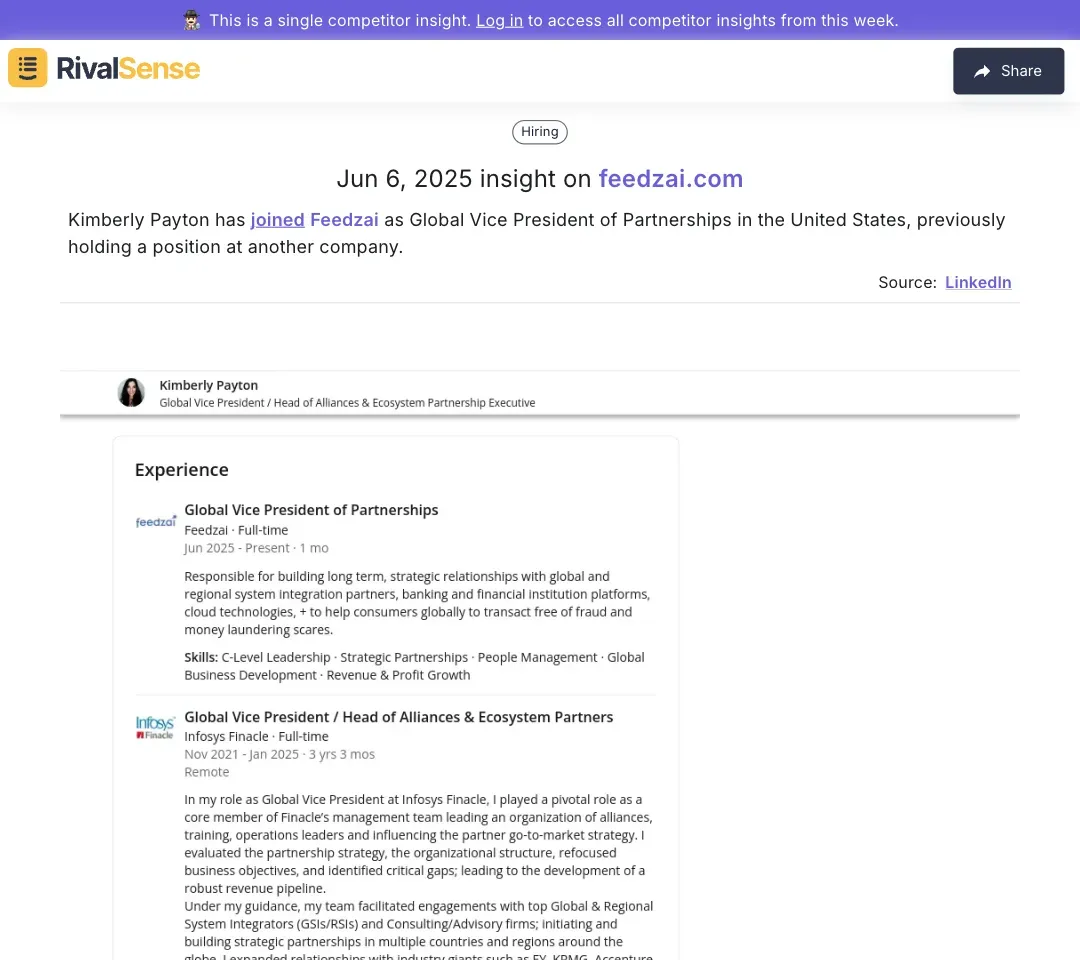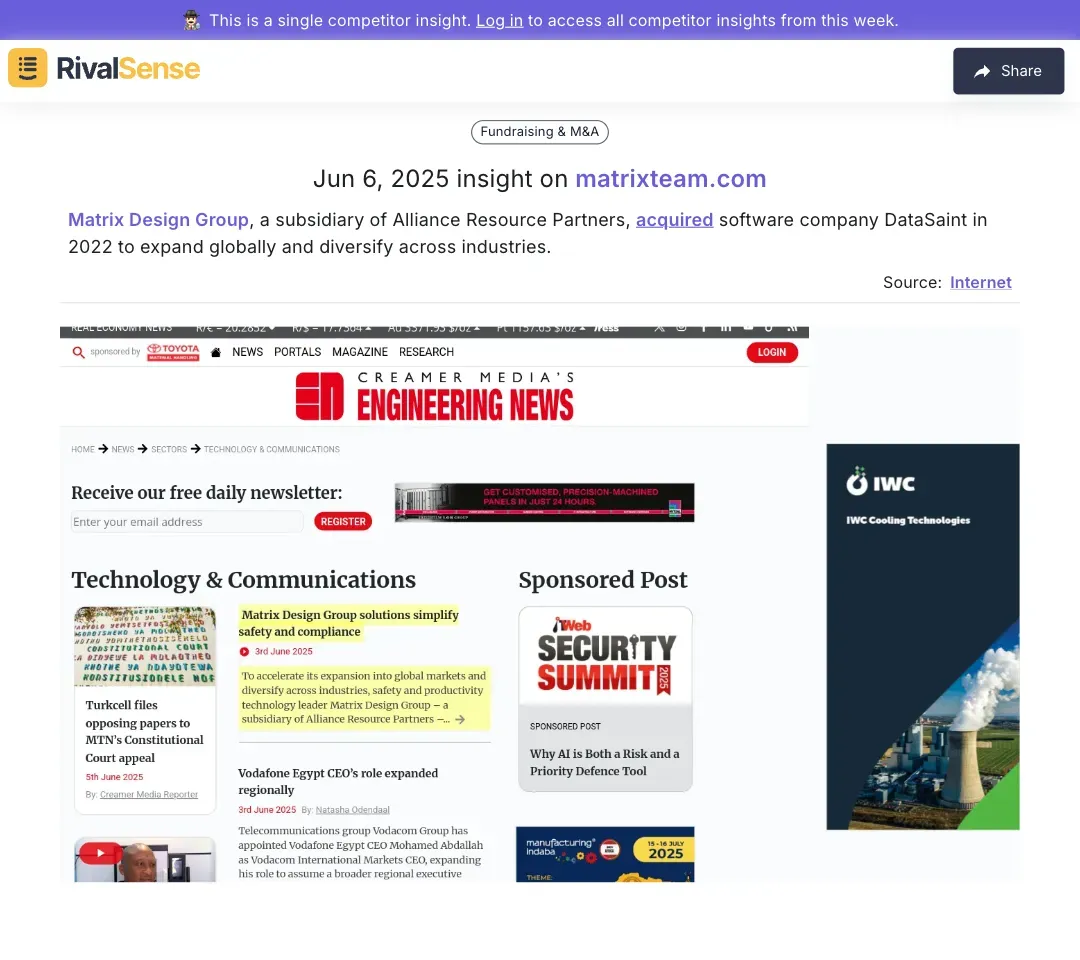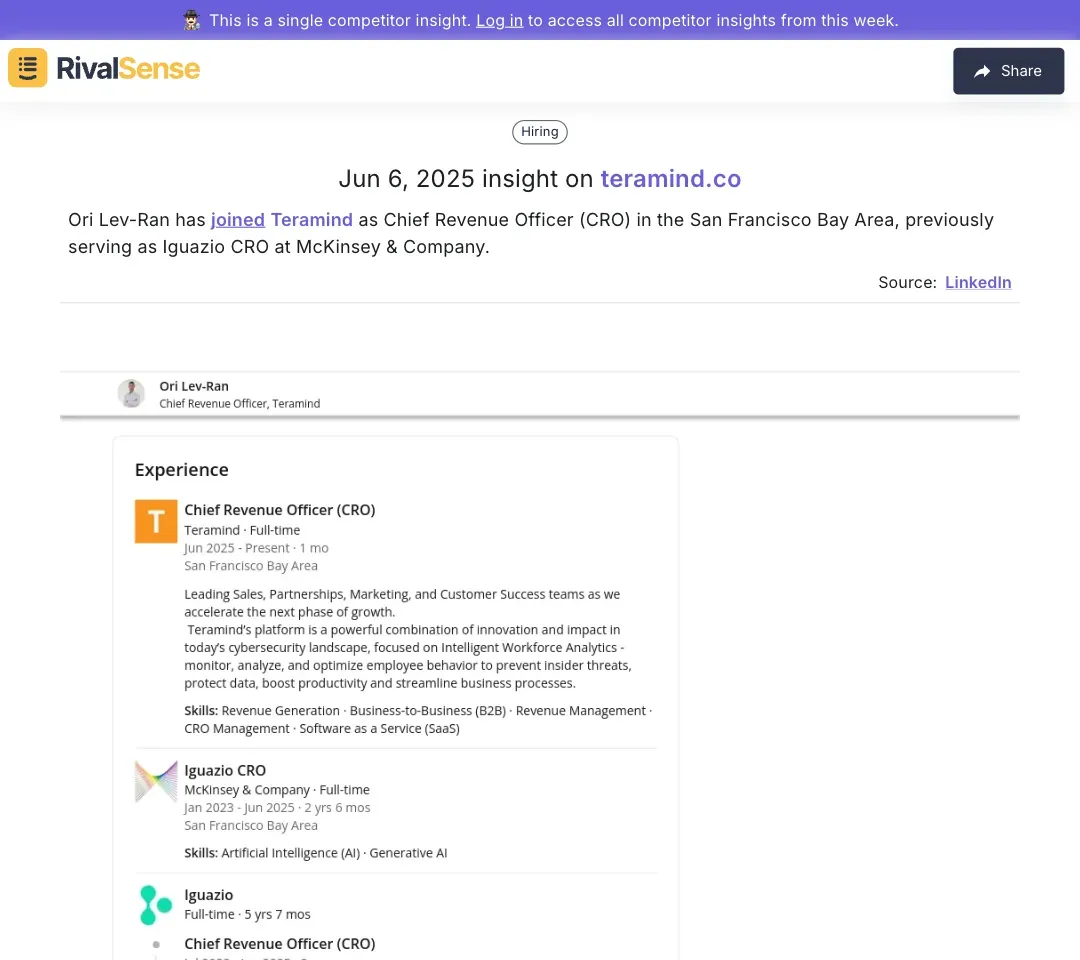Top 5 Competitor Review Analysis Mistakes in Online Education
In the rapidly evolving online education sector, competitor review analysis is essential for staying ahead. Understanding what others in your space are doing provides invaluable insights into market trends, customer expectations, and potential gaps in your own offerings. Common goals include identifying your unique value proposition, uncovering innovation opportunities, and avoiding pitfalls. However, even well-intentioned analyses can fall short without proper execution. Key mistakes include failing to define clear objectives, overlooking indirect competitors, and neglecting regular updates. To sidestep these errors:
✅ Define specific analysis goals
✅ Identify both direct and indirect competitors
✅ Use qualitative and quantitative data
✅ Schedule regular reviews
The goal isn't to mimic competitors but to differentiate your platform through strategic insights.
⚠️ Mistake 1: Overlooking Niche Competitors
Focusing solely on major players blinds you to unique opportunities from niche competitors. These specialized players often cater to specific audiences or address gaps larger competitors overlook, offering valuable lessons in innovation and engagement.
Why It's Critical:
- 📉 Limited Perspective: Overemphasizing big players skews market understanding
- 💡 Missed Innovations: Niche educators pioneer unique teaching methods/content formats
How to Fix It:
- Leverage Keyword Research: Use tools like Google Keyword Planner to uncover niche topics
- Explore Communities: Scan Reddit or specialized forums for emerging players
- Monitor Social Media: Track hashtags and groups for educators with engaged followings
- Check Marketplaces: Review Udemy/Teachable for hidden niche courses
Action Plan:
- 📝 Maintain a niche competitor list (3-5 minimum)
- 🔍 Analyze their unique content, pricing, and engagement tactics
- 👂 Review their customer feedback for unmet needs you can address
⚠️ Mistake 2: Ignoring User Feedback and Reviews
User feedback reveals what learners truly value or dislike about competitors' offerings. Neglecting this data means missing critical insights into content gaps, delivery issues, and support weaknesses. However, misinterpretation risks occur when focusing only on negative reviews or overlooking recurring themes.
Practical Analysis Framework:
- Aggregate reviews from Course Report, Trustpilot, and social platforms
- Identify patterns in praise/complaints using sentiment analysis tools
- Compare feedback trends quarterly to spot emerging issues
Automated Solution Example:
RivalSense tracks and categorizes competitor reviews like these:
"Kimberly Payton joined Feedzai as Global VP of Partnerships, signaling strengthened alliance strategies"
Why it matters: Executive hires reveal strategic pivots—here, partnership expansion that could impact your channel strategy.
Action Steps:
- ⏰ Schedule weekly review monitoring
- 🗂️ Categorize feedback into themes (content quality, engagement, etc.)
- 🔄 Integrate findings into your product development
⚠️ Mistake 3: Focusing Solely on Pricing Strategies
While pricing matters, overemphasizing it creates a skewed competitive view. Competitors may justify higher prices through superior features, support, or teaching methods that build brand loyalty beyond cost sensitivity.
Key Non-Price Factors:
| Factor | Why It Matters | Analysis Method |
|---|---|---|
| Course Quality | Drives retention & satisfaction | Compare syllabi/learning outcomes |
| Engagement | Indicates real value | Track completion rates & forum activity |
| Marketing | Reveals acquisition tactics | Audit their SEO/social campaigns |
| Technology | Impacts user experience | Evaluate platform tools & integrations |
Balanced Approach:
- 🧩 Use a competitor scorecard including pricing AND qualitative metrics
- 🎯 Prioritize factors based on your audience's preferences
- 📊 Conduct quarterly SWOT analyses
Pro Tip: Tools like RivalSense monitor pricing alongside feature updates and engagement metrics for holistic insights.
⚠️ Mistake 4: Neglecting Content and Course Quality
High-quality content directly impacts learner retention and satisfaction, yet many analyses superficially evaluate competitors' course depth or instructional design. This oversight leaves you vulnerable to quality gaps in your own offerings.
Evaluation Checklist:
- ✔️ Engagement Metrics: Analyze completion rates & time-on-platform
- ✔️ Content Depth: Assess topic coverage and information freshness
- ✔️ Interactivity: Note quizzes, projects, and community features
Winning Strategies to Borrow:
- 🎮 Gamification (badges/leaderboards)
- ⏱️ Microlearning modules
- 🤝 Industry expert collaborations
Action Plan:
Benchmark top 3 competitors quarterly using the above criteria and integrate successful elements into your content roadmap.
⚠️ Mistake 5: Failing to Update Analysis Regularly
The online education market evolves rapidly—new courses, technologies, and teaching models emerge constantly. Relying on outdated competitor data leads to misguided strategies and missed opportunities.
Consequences of Stale Data:
- 💸 Resource misallocation
- 🚨 Missed competitive threats
- 📉 Weakened market position
Best Practices:
- ⏱️ Schedule monthly/quarterly review cycles
- 🤖 Automate tracking with tools like RivalSense
- 📢 Foster team awareness through shared insights
Real-Time Insight Example:
RivalSense detected this strategic shift:
"Matrix Design Group acquired DataSaint to expand globally and diversify offerings"
Why it matters: Acquisitions signal market consolidation and new competitive threats—critical for adjusting your growth strategy.
Beyond Mistakes: Leadership Insights as Strategic Indicators
Executive moves often foreshadow strategic shifts before public announcements. Tracking these changes provides early warnings about market expansions, product pivots, or revenue model changes.
Impactful Example:
RivalSense captured this leadership update:
"Ori Lev-Ran joined Teramind as CRO, bringing revenue expertise from Iguazio and McKinsey"
Why it matters: High-profile hires signal growth ambitions—here, Teramind's focus on scaling revenue operations that could disrupt your market position.
Conclusion: Building a Robust Competitor Analysis Strategy
Avoiding these five mistakes—overlooking niches, ignoring feedback, fixating on price, neglecting quality, and infrequent updates—creates a foundation for competitive advantage. Integrate these solutions: diversify your competitor list, automate tracking, and institutionalize regular reviews.
Continuous Improvement Plan:
- 🔄 Monthly competitor reassessments
- 👥 Cross-functional insight sharing
- 🎯 Strategy adjustments based on fresh data
Ready to transform your analysis?
Try RivalSense free to automate competitor tracking and get your first report today. Gain weekly insights on product launches, pricing changes, leadership moves, and partnerships—all tailored to your market.
📚 Read more
👉 How Sony's PS5 Launch Forced Rivals to Strategize: Key Competitive Lessons
👉 Predictive Analysis: Leveraging Website Changes for Strategic Differentiation
👉 How Triller Leveraged AI to Outpace Competitors: A Competitive Benchmarking Case Study
👉 Beginner’s Guide to Analyzing Competitor Product Offerings
👉 Decoding Competitor Strategy Shifts: A TrustArc Case Study



